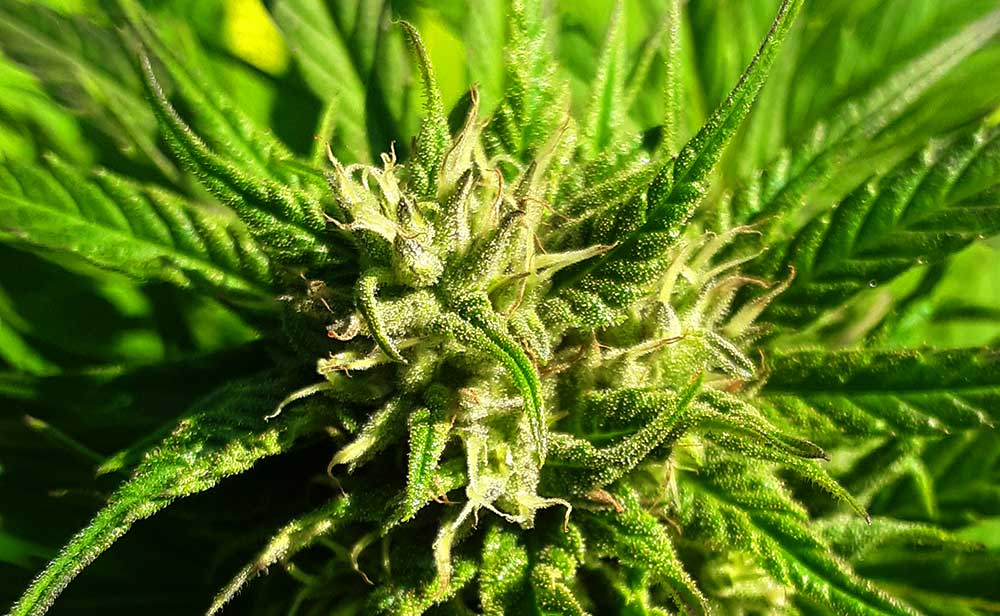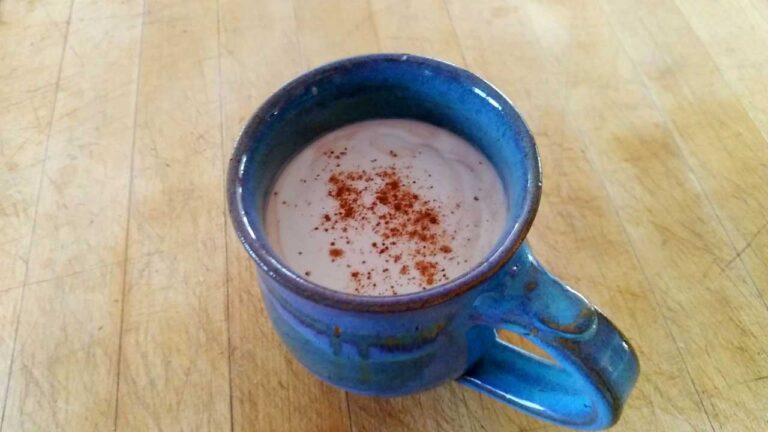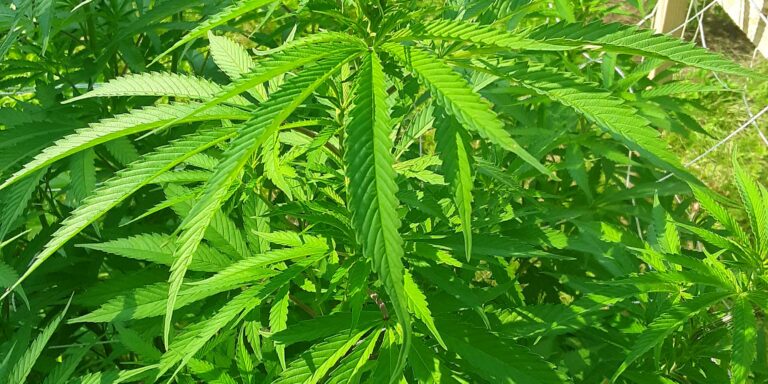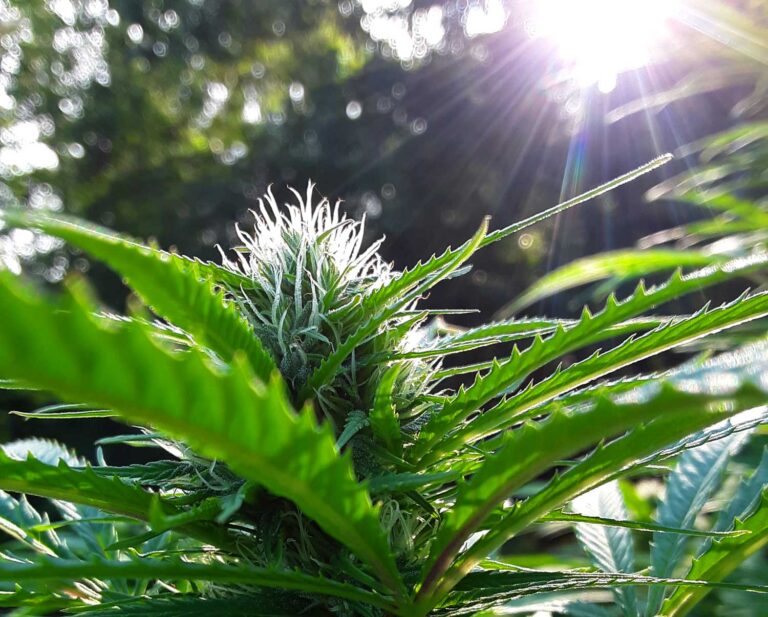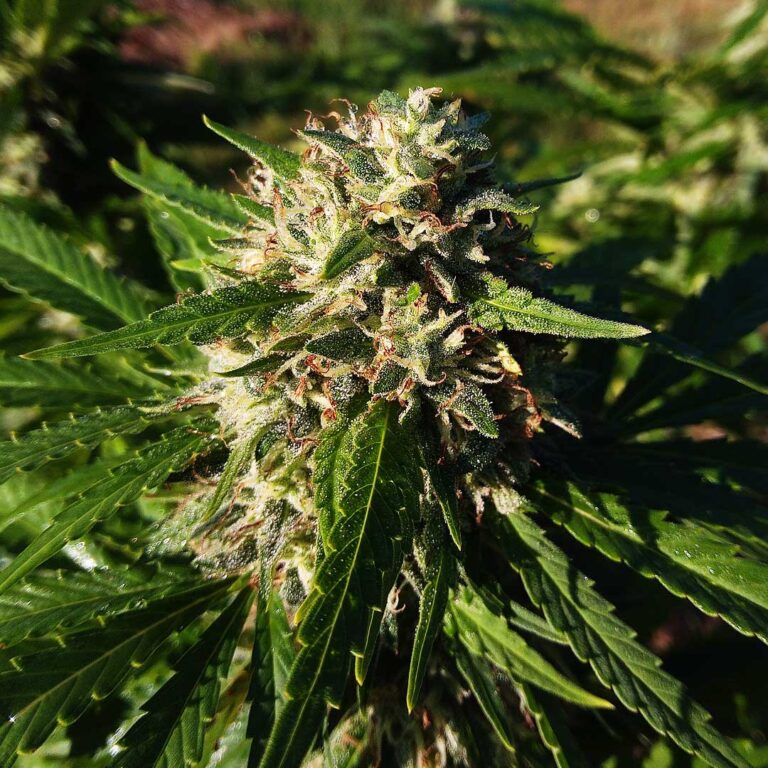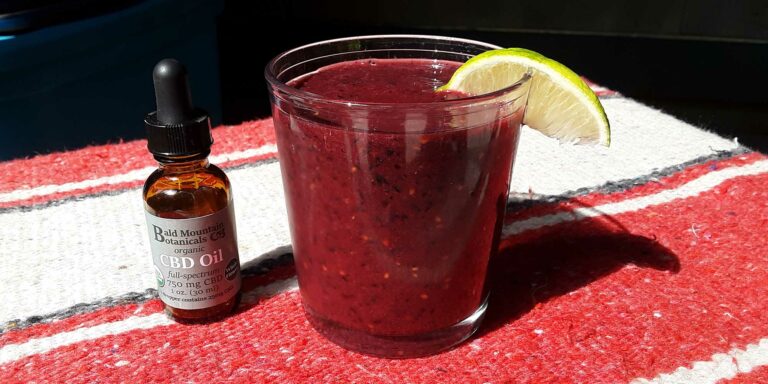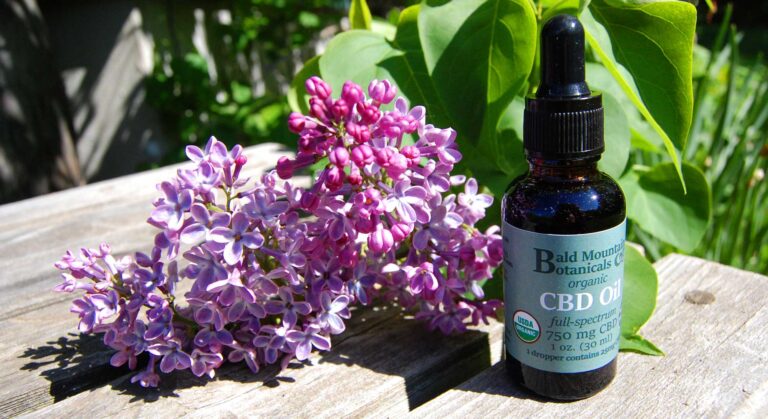All About Terpenes
Remember that delightful scent last time you walked through a grove of pine trees? Or added a pinch of oregano to that simmering pot of marinara sauce? What you’re smelling are terpenes, the volatile hydrocarbon molecules found in many plants.
While most people focus on cannabinoid content when choosing hemp flower strains and CBD products, terpenes are also very important. Terpenes not only produce the distinctive fragrance of hemp flowers, they play a major role in the plant’s medicinal effects.
Cannabis sativa produces more than 150 different terpenes, depending on the strain and growing conditions. Botanists believe these terpenes function to repel pests and attract beneficial insects–they’re an important survival strategy for the plant. They’re also fundamental to the experience of consuming cannabis, creating those delightful smells we know and love, varying from fruity to piney to skunky. They also impact flavor.
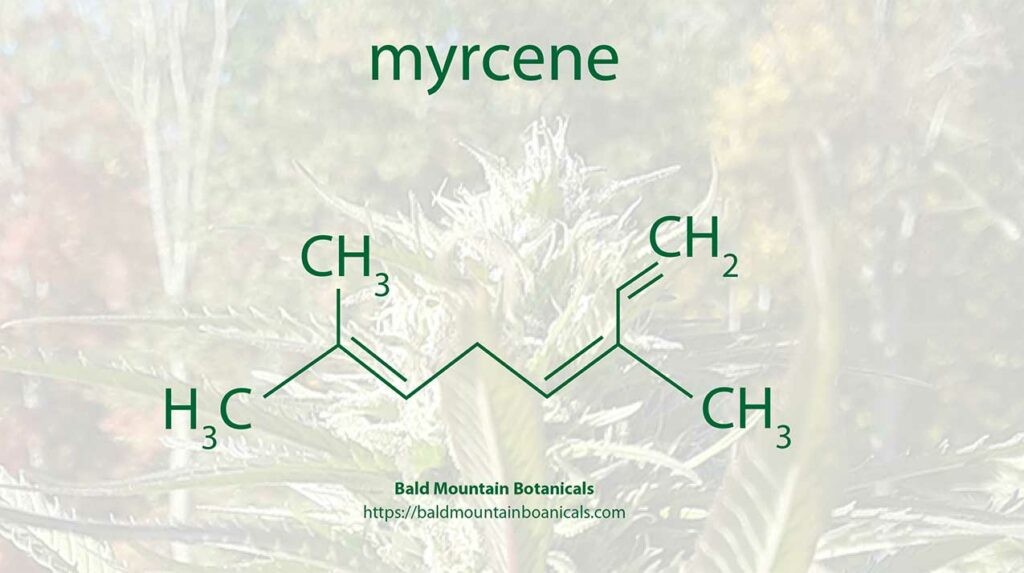
Terpene Power
But terpenes do more than just color the aesthetic experience; they can have profound mental and physiological effects. It’s well known that aromas can alter mood and feelings: the terpene known as linalool, for example, dominant in lavender, produces a soothing and relaxing effect, while limonene, found in the rind of many citrus fruits, is uplifting.
Emerging research is beginning to reveal potentially powerful medicinal properties in these remarkable compounds. Many terpenes have been shown to be potent antimicrobials, for example. Some are excellent analgesics, including a few that interact directly with receptors in our endocannabinoid system.
There’ve even been laboratory experiments that suggest certain terpenes can inhibit the growth and development of cancer cells. Much of this research is still in its early stages, so it’s safest not to draw any sweeping or definitive conclusions about some of these exciting possibilities, but it’s becoming increasingly clear that terpenes are integral to the medical uses of cannabis.
Using Terpenes as a Guide
What does all this mean for the consumer shopping for CBD products? In the most general sense it means you should pay attention to the terpene profile of different strains because they can be a helpful guide to what effects you might expect. For example, if you find you enjoy a strain like Cherry Wine and would like to try some similar strains, and you know that Cherry Wine’s dominant terpene is myrcene, followed by caryophyllene and limonene, then you can look for strains with a similar terpene profile (like Merlot) and expect similar fragrance, flavor and effects.
If you’re looking for an uplifting, energizing strain for daytime use, you might choose something dominated by limonene. Not everyone responds exactly the same way to a given terpene, of course, so it may take a little experimentation to find what you’re looking for, but terpene profile can be a very helpful guide.
Most of the many terpenes found in cannabis are present in only minute quantities, but there are a small handful of terpenes that tend to dominate. Let’s take a moment to review these:
Myrcene
One of the most common terpenes in cannabis, myrcene is also found in hop flowers and lemongrass. It’s often described as earthy and spicy and is sometimes associated with a slightly sweet flavor (mangoes are full of myrcene). Myrcene has been shown to be anti-inflammatory, antimicrobial, and excellent at relieving pain.

Caryophyllene
Also very prevalent in cannabis, caryophyllene occurs in cloves, rosemary, oregano, and black pepper. Therapeutic effects include anti-anxiety, anti-depressive, and anti-inflammatory properties. Research suggests caryophyllene’s potential for treating colitis, diabetes, cerebral ischemia, anxiety and depression, liver fibrosis, and possibly dementia.
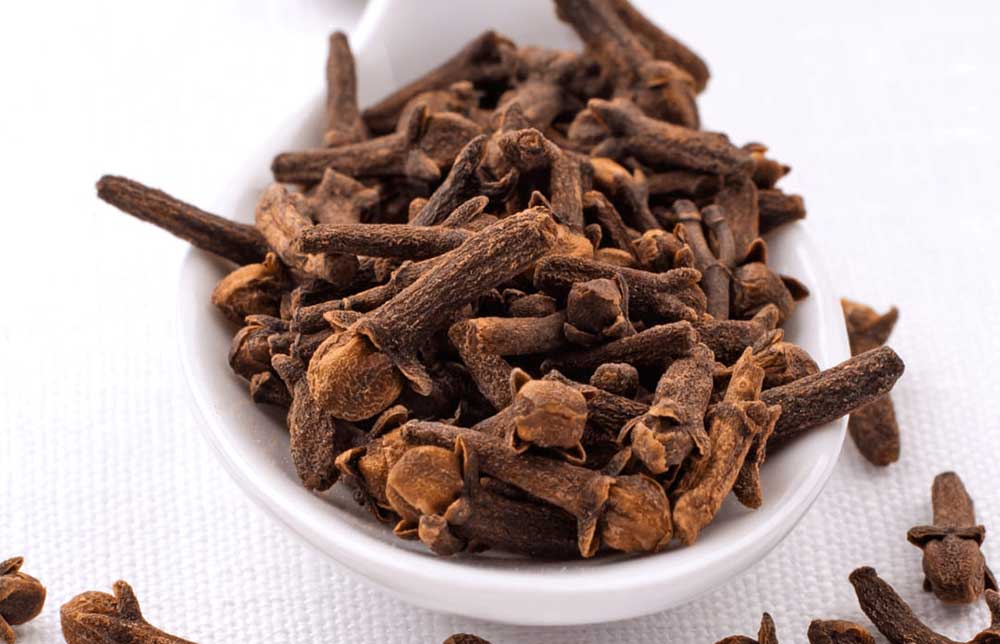
Limonene
Responsible for the fragrance found in many “fruity” strains of cannabis, limonene has a powerful citrusy fragrance beloved by many connoisseurs. Effects are uplifting and energizing. Limonene exhibits antibacterial, anti-inflammatory, and antioxidant properties. In recent research limonene has demonstrated an ability to bolster the immune system, specifically against certain bacteria and viruses. There’s even been research into limonene’s potential to help fight COVID-19, although results so far are inconclusive.
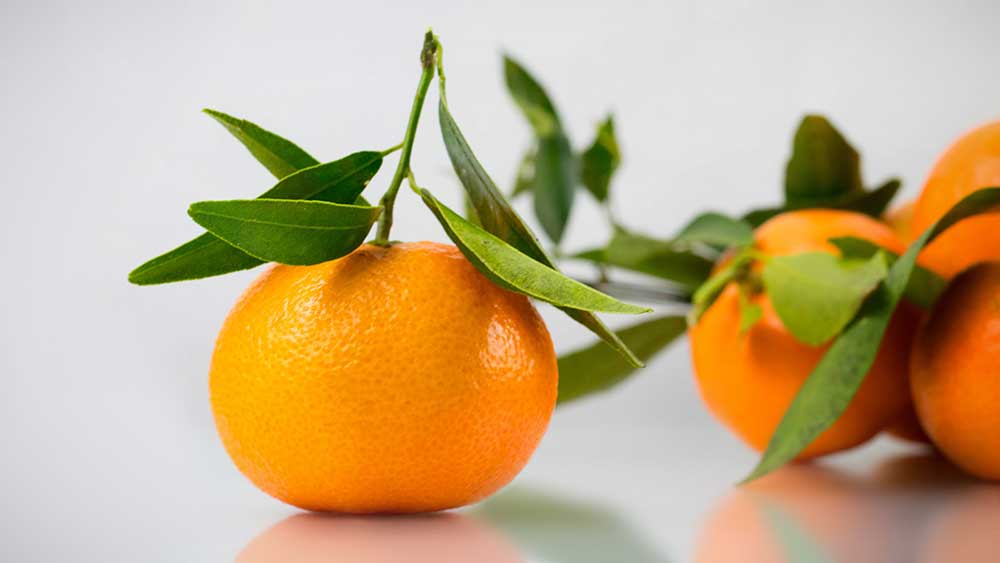
Humulene
Like caryophyllene, humulene is also found in hop flowers or basil and has many similarities to caryophyllene, with a spicy and somewhat floral bouquet. Many users find humulene calming and relaxing. Research has shown anti-inflammatory and antimicrobial properties.

Linalool
This calming terpene is strongly associated with the smell of lavendar, long a favorite in aromatherapy. Effects include anti-anxiety and stress relief. It’s also known as a mild sedative and analgesic. Linalool is anti-inflammatory and antimicrobial. Research has also shown potential promise in treating Alzheimer’s disease.
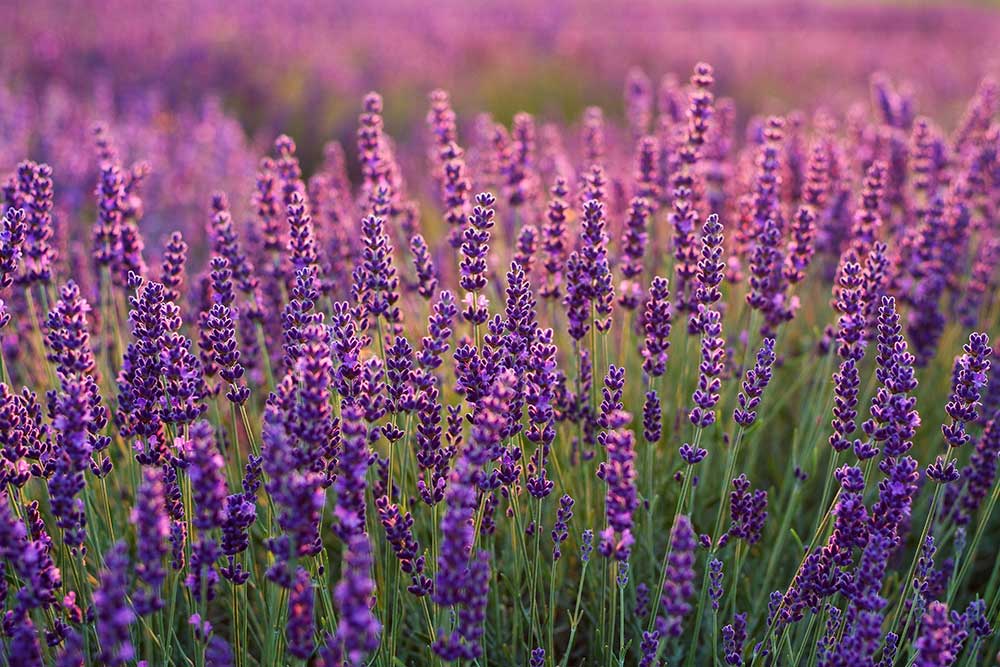
Pinene
If you’ve ever enjoyed the fragrance of a conifer forest, you’ve experience the delightful smell of pinene, which is actually one of the most prevalent terpenes in nature. Pinene is known to be antimicrobial, anti-depressant, anti-inflammatory, and anti-anxiety. While research is still inconclusive, it may be useful for treating a number of degenerative disorders including dementia, amnesia, and cognitive dysfunction.
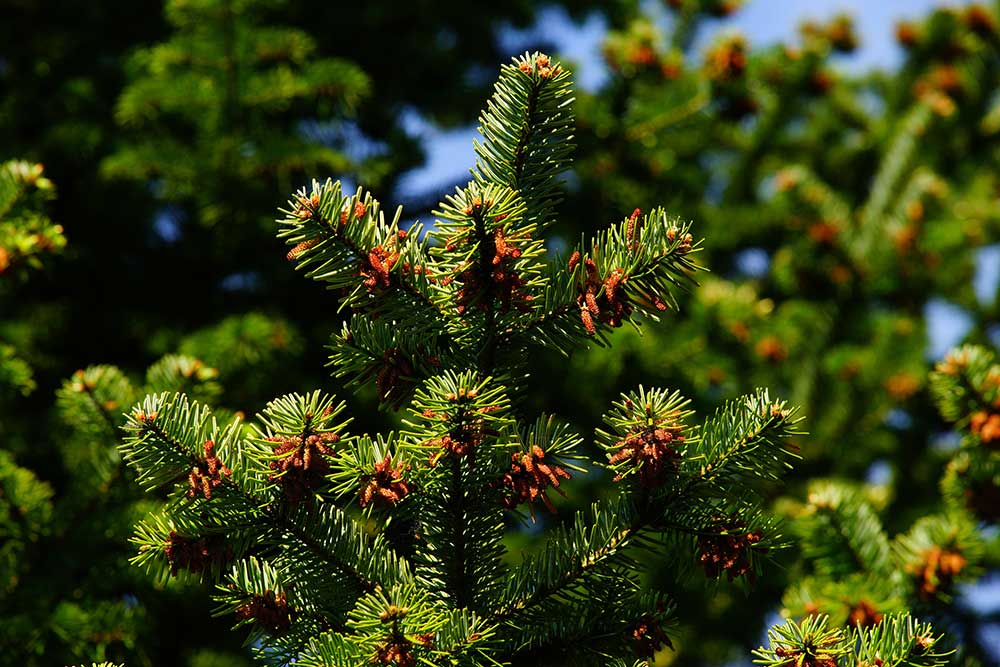
As research on these powerful natural compounds progresses in coming years, it’s likely that terpenes will be considered just as important as cannabinoids are now considered in evaluating hemp flower’s effects and medicinal uses. At the same time, some research suggests that cannabinoids and terpenes act together in concert, working synergistically to produce stronger effects than either is capable of in isolation. This synergy is often described as one component of the “entourage effect”–a term describing how the various compounds found in hemp flower combine to create an effect greater than the sum of its parts–a key concept in medicinal cannabis that I’ll be discussing soon in a future blog post.


